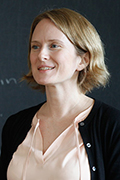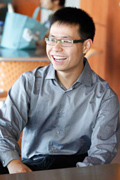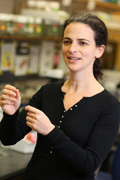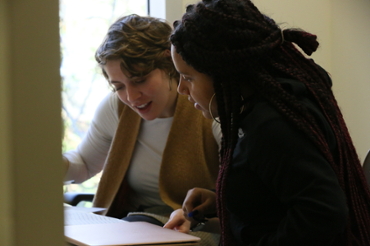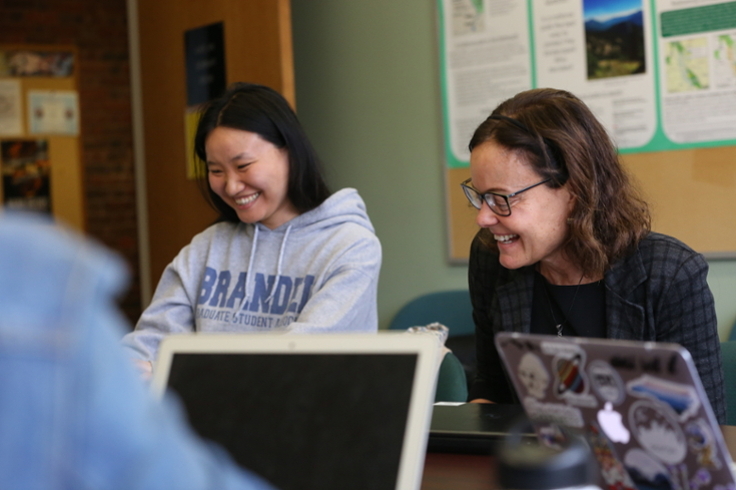Daichi Hayakawa Uses Techniques From DNA Nanotechnology to Mimic Self-assembly Process in Biological Systems
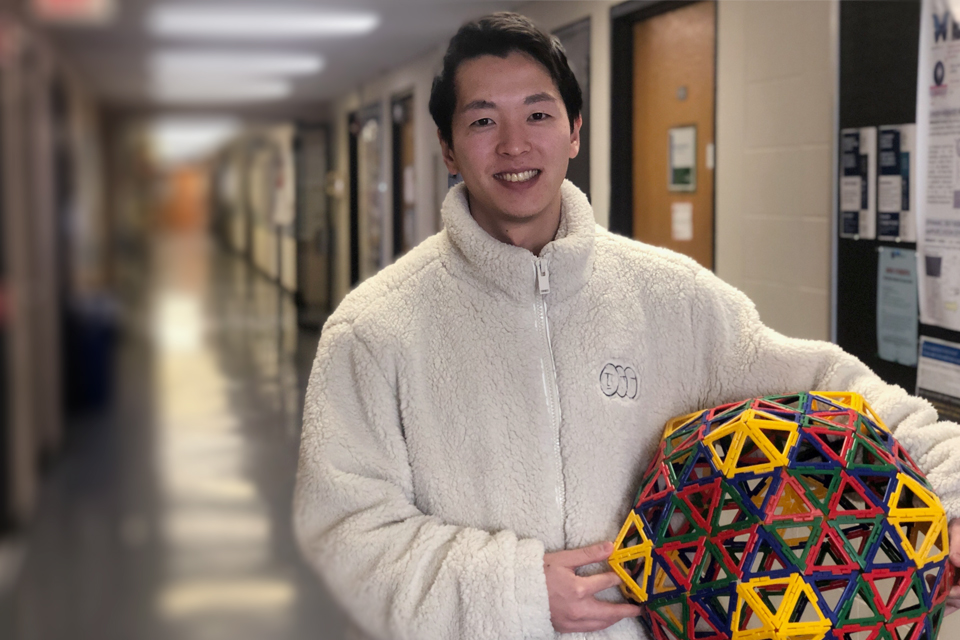
January 25, 2022
Carey Slaeker | Graduate School of Arts and Sciences
The Martin A. Fisher School of Physics at Brandeis University has long held an international reputation for excellence in research, offering its graduate students opportunities to work with top researchers in their particular field. For graduate student Daichi Hayakawa, this collaboration has played a vital role in his academic growth. “Brandeis has a very collaborative environment,” Hayakawa says. “Throughout my PhD here, I’ve met and collaborated with dozens of researchers from not only across campus, but also across the world.”
Hayakawa developed a love of research during his undergraduate studies and subsequent master’s program at the University of Tokyo, where he was exposed to several different fields in physics ranging from condensed matter, soft matter, and fluid dynamics. As Hayakawa’s research skills progressed, he found himself most interested in questions relating to self-assembly and autonomy living systems. “I was curious to understand how ‘particles’ like DNA, RNA, and proteins can come together and spontaneously assemble into life,” he says. “That’s why I decided to pursue a PhD, to answer the question that interested me the most.”
Hayakawa’s decision to study at Brandeis was not a difficult one. He recognized Brandeis’ strong reputation within the field and was especially interested in Dr. Ben Rogers’ research on colloidal self-assembly. After meeting with Rogers and other faculty members during the spring open house, Hayakawa knew he had found the right place to pursue a PhD degree. “I really liked the atmosphere [at Brandeis] and the research that was going on here,” he says.
Currently, Hayakawa is spearheading a research project that attempts to understand the self-assembly of complex biological components. Using techniques from DNA nanotechnology, Hayakawa focuses on the structure of DNA as the building block of biological systems. “DNA is typically thought of as a material that preserves the gene information of biological systems,” Hayakawa says, “but it also has a well-determined double helix structure that is in the scale of a nanometer. We specifically focus on this structural aspect of DNA.” Similar to assembling different Lego blocks into a larger structure, Hayakawa is able to design and synthesize DNA strands so that they bind to multiple other DNA strands. “DNA nanotechnology allows us to build nanoscale structures with high precision. We are particularly interested in mimicking the complicated self-assembly process that happens in biological systems.”
In addition to this research project, Hayakawa has long been involved with the Masason Foundation, an organization that brings together highly-motivated youths in an effort to develop their skills and potential to contribute to the future. “One of the main focuses of the foundation is to bring together the fellows, now about 250 people worldwide, and create a community,” he says. For a number of years, Hayakawa managed the foundation’s Boston sector which enabled important connections between fellows living in and visiting Boston.
One of these connections was between Hayakawa and a student named Sora who was studying molecular biology at Kyoto University. After meeting, the two began working on their own research project seeking to learn how a protein and RNA complex could aggregate in cells to cause diseases such as Alzheimer’s. To understand their complex behavior, the two proposed a model experiment using a DNA strand complex known as a DNA nanostar. Hayakawa explains, “DNA nanostar is a DNA strand complex with a prescribed number of ‘arms’ sticking out from a single core. At the end of each arm, there are sticky ‘handles’ that can be used to bind to other DNA nanostars.” According to Hayakawa, the number of arms and strength of handles of the DNA nanostars can be easily tuned to control the properties of aggregation. “We expect that the protein and RNA complex inside a cell has a similar structure of core and arms. Therefore, we can predict and maybe even come up with a way to control the aggregation process of protein-RNA complexes in cells through the study of DNA nanostars.”
Thus far, Hayakawa is grateful for his experience at Brandeis, especially for the collaborative environment it fosters. As a PhD student, Hayakawa has been able to meet and collaborate with dozens of researchers in his field, something that has enabled him to overcome some of the challenges of graduate study. “In research, you encounter many hurdles that can be overwhelming at times. Fortunately, it’s easy for me to share such problems with my colleagues. Typically, they give me creative ideas around a problem and that gives me a feeling that I am not alone in tackling the problems.”
For students considering pursuing graduate study in physics, Hayakawa has a few words of wisdom. Because of the great diversity within physics, “it’s very important to analyze and identify what aspect of physics, or even science and engineering in general, you like.” Once this is determined, the next step is to surround yourself with the people who will help you in your pursuit: “Take a moment to think if the people / group that will be your good mentors and colleagues for the next 5 or so years. One should consider if the lab is a good environment to work, collaborate, learn from your PI and colleagues, etc.” But more than anything, Hayakawa is adamant about one thing: “I think the one requirement there is for pursuing a physics PhD is that you love physics,” he says. “The feeling of uncovering something new about the world is priceless.”
